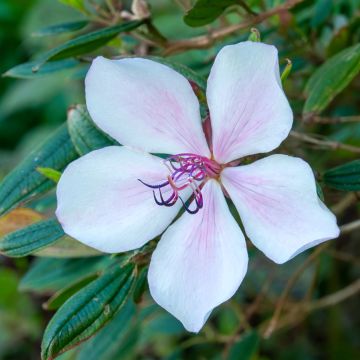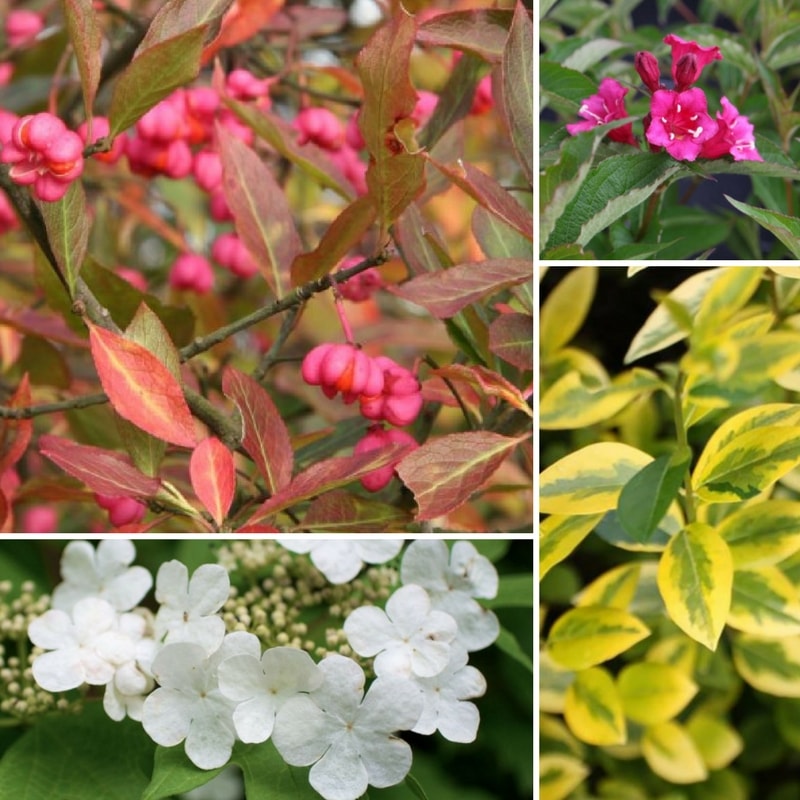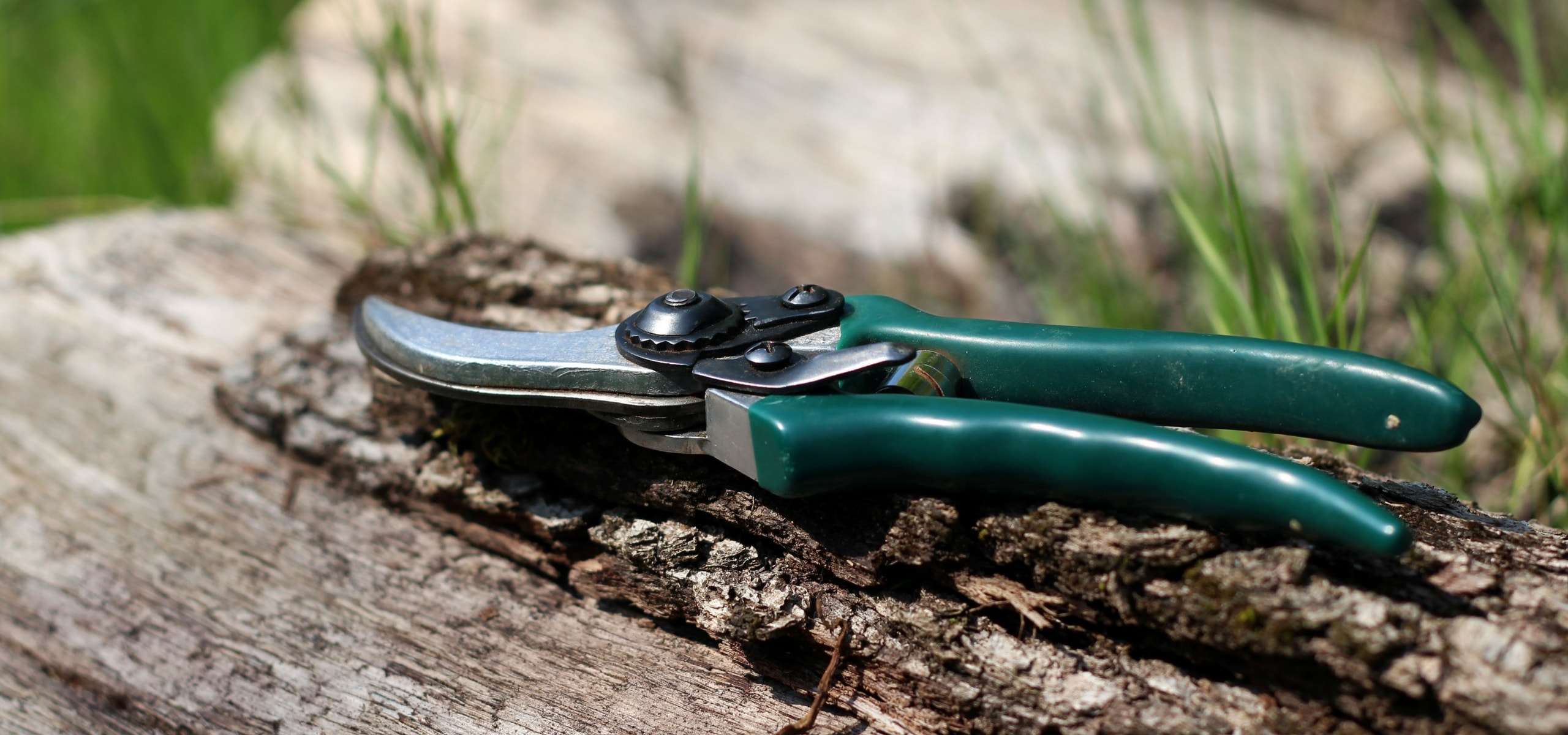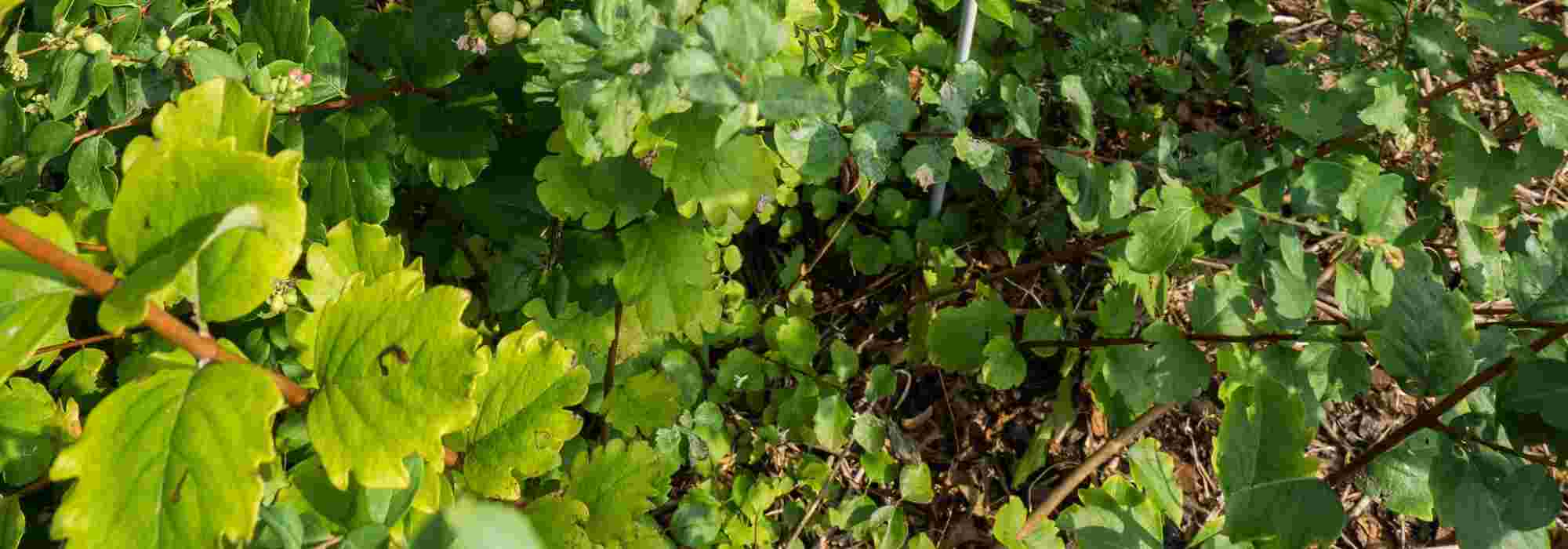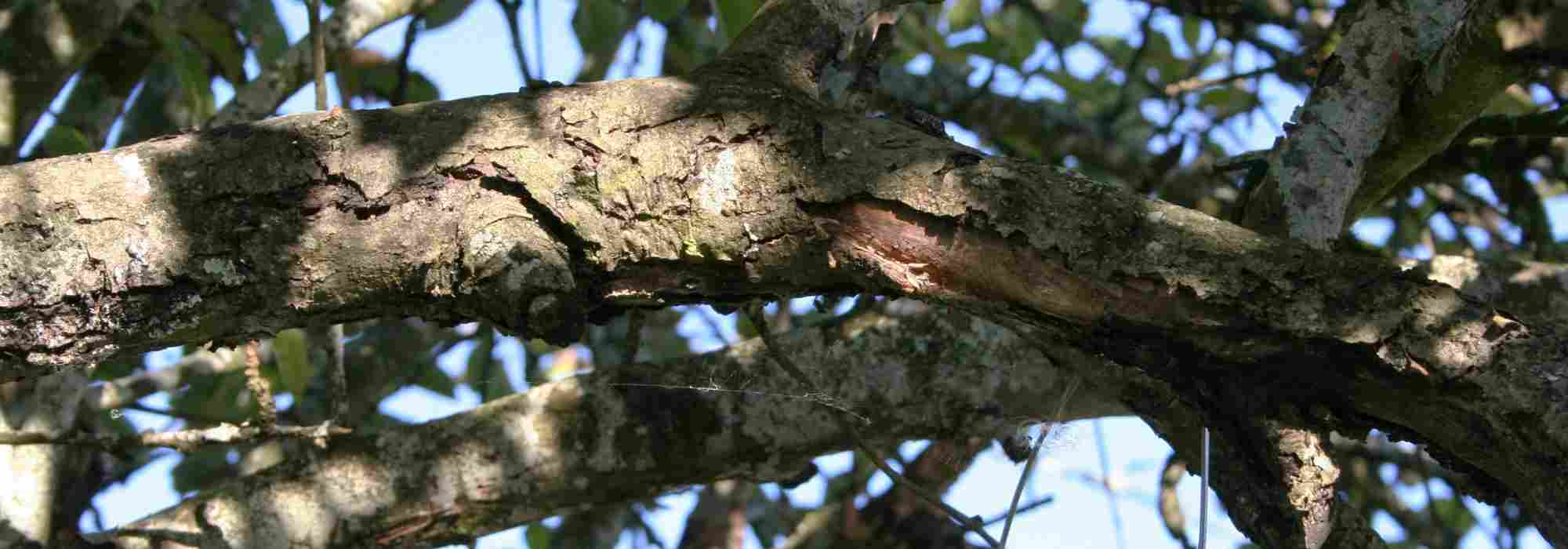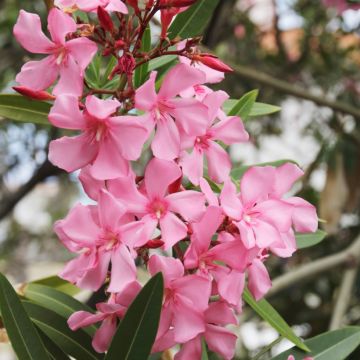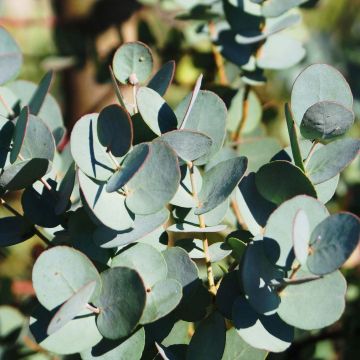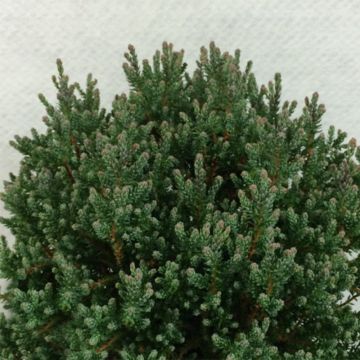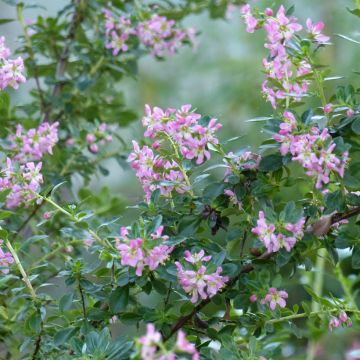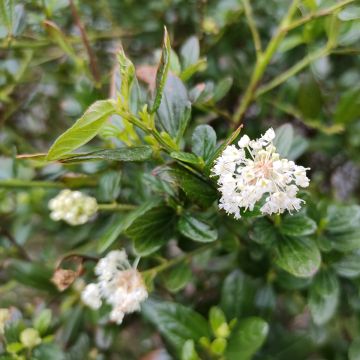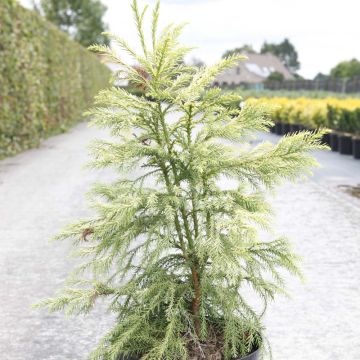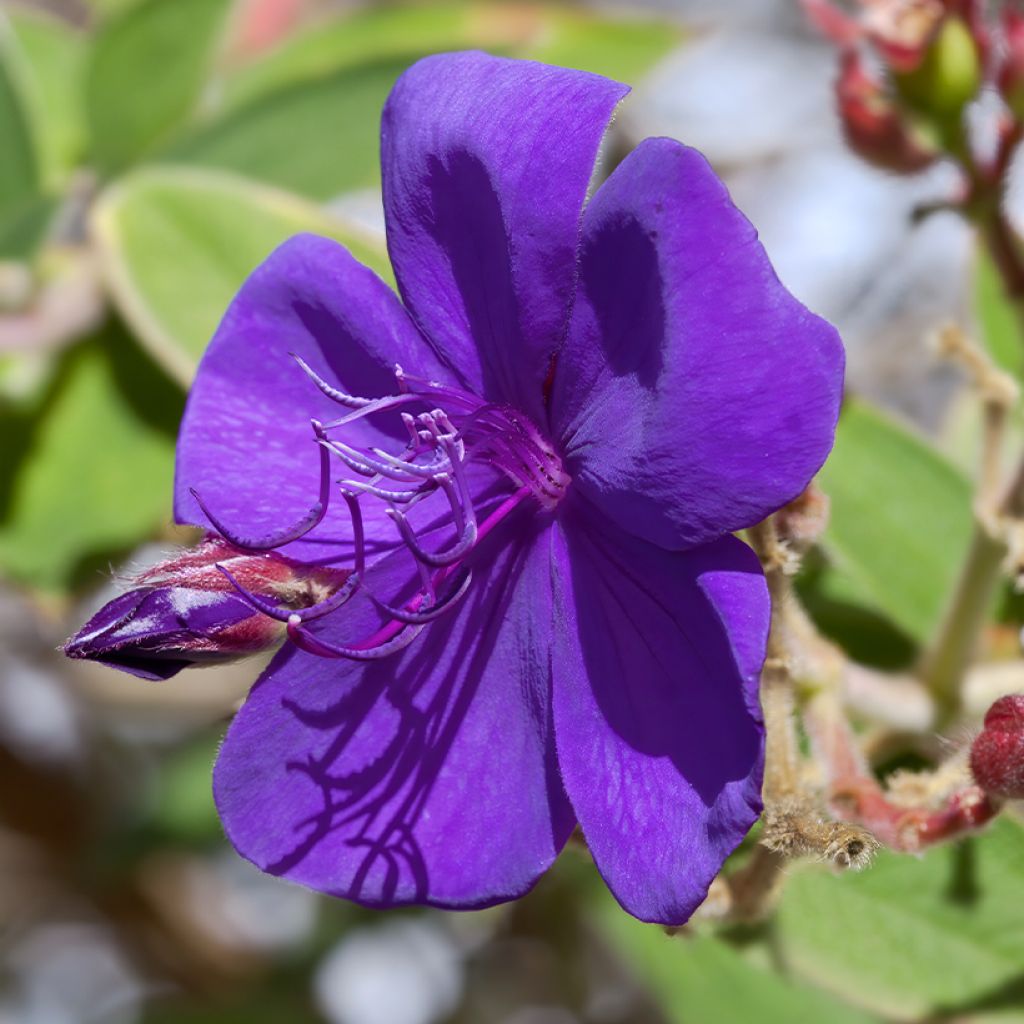

Tibouchina organensis Purple Moon - Glory bush
Tibouchina organensis Purple Moon - Glory bush
Tibouchina x organensis Purple Moon 'COV'
Glory bush
Special offer!
Receive a €20 voucher for any order over €90 (excluding delivery costs, credit notes, and plastic-free options)!
1- Add your favorite plants to your cart.
2- Once you have reached €90, confirm your order (you can even choose the delivery date!).
3- As soon as your order is shipped, you will receive an email containing your voucher code, valid for 3 months (90 days).
Your voucher is unique and can only be used once, for any order with a minimum value of €20, excluding delivery costs.
Can be combined with other current offers, non-divisible and non-refundable.
Why not try an alternative variety in stock?
View all →This plant carries a 24 months recovery warranty
More information
We guarantee the quality of our plants for a full growing cycle, and will replace at our expense any plant that fails to recover under normal climatic and planting conditions.
Would this plant suit my garden?
Set up your Plantfit profile →
Description
Tibouchina 'Purple Moon', or Spider Flower, is an exceptional tropical bush, appreciated for its luxurious and prolonged flowering. From late summer to autumn, and even into winter in mild regions, its large, intensely purplish violet flowers enliven the terrace or garden. Large pink floral buds accentuate its charm, complementing its green and velvety foliage. This superb exotic plant makes a big impact in a pot, to be protrcted in winter, or in the ground in frost-free gardens.
Native to Brazil and belonging to the Melastomataceae family, Tibouchina is a large frost-sensitive bush or a small tree. It appreciates warm and humid atmospheres, and the dappled shade provided by tall trees. Grown in our climates, it will rarely exceed 2.50 m in height by 1.25 m in spread, under optimal conditions. Plants grown in pots remain more modest in size.
Tibouchina 'Purple Moon' is a horticultural hybrid. It is a bushy and compact bush, reaching between 1 and 3 m in height with a similar spread, depending on growing conditions. Its young slightly purplish and quadrangular stems green over time. They bear deep green, evergreen foliage of a velvety texture. The oval leaves with prominent veins are about 10 cm long and remain decorative all year round. The open cup-shaped flowers, measuring up to 8 cm in diameter, consist of five satin petals in a purplish violet colour. At the heart of each flower sit several prominent and curved magenta-pink stamens. This spectacular flowering often extends into winter, provided the plant is given light and warmth.
Tibouchina 'Purple Moon' is mainly grown in pots in our climates. Demanding, but rewarding, it thrives in fertile, light, neutral to slightly acidic soil, and appreciates dappled sunlight or bright non-scorching light. In winter, a cool conservatory or a lightly heated room is ideal to protect it from frost. This plant likes humidity, without excess stagnant water. It does not like to be moved in winter, as changes disturb it and can cause both leaves and flowers to fall.
Pair it with contrasting flowering bushes: the intense pink of the Bush Sage 'Cerro Potosi', the purple of Solanum rantonnetii, or the orange of Shrubby Cinquefoil 'Hopley’s Orange'. Tibouchina 'Purple Moon' is a true star of gardens and terraces, rewarding each care given with a breathtaking flowering.
Report an error about the product description
Plant habit
Flowering
Foliage
Botanical data
Tibouchina
x organensis
Purple Moon 'COV'
Melastomataceae
Glory bush
Tibouchina foveolata Purple Moon, Lasiandra foveolata Purple Moon
Cultivar or hybrid
Other Tibouchina
View all →Planting and care
Plant Tibouchina 'Purple Moon' in the ground in the mildest winter climates, in a spot sheltered from wind and frost, or elsewhere in a container. Plant in spring to witness its wonderful flowering from the first summer. Tibouchinas require a very bright, but semi-shaded exposure, and they don't like direct, scorching sunlight at midday or in the afternoon. They appreciate deep, light, fertile but well-drained soil, kept moist throughout the flowering period. As winter corresponds to a resting period for them in our climates, the soil or planting substrate can be kept just moist, never wet or waterlogged. A mixture composed of leaf mold, light garden soil (low in limestone), loam, and a little peat (not exceeding 30%) seems suitable. An organic fertiliser should be applied in containers, first in spring (April) and then again in early summer.
Pruning is often necessary to promote a denser, more branched habit and to induce the development of flowering shoots. It is usually carried out after the main flowering and before winter, typically in October.
In a greenhouse, conservatory, or indoors, monitor the appearance of pests such as scale insects, whiteflies, and red spider mites, which particularly enjoy warm, enclosed, and dry atmospheres.
Planting period
Intended location
Care
Planting & care advice
This item has not been reviewed yet - be the first to leave a review about it.
Similar products
Haven't found what you were looking for?
Hardiness is the lowest winter temperature a plant can endure without suffering serious damage or even dying. However, hardiness is affected by location (a sheltered area, such as a patio), protection (winter cover) and soil type (hardiness is improved by well-drained soil).

Photo Sharing Terms & Conditions
In order to encourage gardeners to interact and share their experiences, Promesse de fleurs offers various media enabling content to be uploaded onto its Site - in particular via the ‘Photo sharing’ module.
The User agrees to refrain from:
- Posting any content that is illegal, prejudicial, insulting, racist, inciteful to hatred, revisionist, contrary to public decency, that infringes on privacy or on the privacy rights of third parties, in particular the publicity rights of persons and goods, intellectual property rights, or the right to privacy.
- Submitting content on behalf of a third party;
- Impersonate the identity of a third party and/or publish any personal information about a third party;
In general, the User undertakes to refrain from any unethical behaviour.
All Content (in particular text, comments, files, images, photos, videos, creative works, etc.), which may be subject to property or intellectual property rights, image or other private rights, shall remain the property of the User, subject to the limited rights granted by the terms of the licence granted by Promesse de fleurs as stated below. Users are at liberty to publish or not to publish such Content on the Site, notably via the ‘Photo Sharing’ facility, and accept that this Content shall be made public and freely accessible, notably on the Internet.
Users further acknowledge, undertake to have ,and guarantee that they hold all necessary rights and permissions to publish such material on the Site, in particular with regard to the legislation in force pertaining to any privacy, property, intellectual property, image, or contractual rights, or rights of any other nature. By publishing such Content on the Site, Users acknowledge accepting full liability as publishers of the Content within the meaning of the law, and grant Promesse de fleurs, free of charge, an inclusive, worldwide licence for the said Content for the entire duration of its publication, including all reproduction, representation, up/downloading, displaying, performing, transmission, and storage rights.
Users also grant permission for their name to be linked to the Content and accept that this link may not always be made available.
By engaging in posting material, Users consent to their Content becoming automatically accessible on the Internet, in particular on other sites and/or blogs and/or web pages of the Promesse de fleurs site, including in particular social pages and the Promesse de fleurs catalogue.
Users may secure the removal of entrusted content free of charge by issuing a simple request via our contact form.
The flowering period indicated on our website applies to countries and regions located in USDA zone 8 (France, the United Kingdom, Ireland, the Netherlands, etc.)
It will vary according to where you live:
- In zones 9 to 10 (Italy, Spain, Greece, etc.), flowering will occur about 2 to 4 weeks earlier.
- In zones 6 to 7 (Germany, Poland, Slovenia, and lower mountainous regions), flowering will be delayed by 2 to 3 weeks.
- In zone 5 (Central Europe, Scandinavia), blooming will be delayed by 3 to 5 weeks.
In temperate climates, pruning of spring-flowering shrubs (forsythia, spireas, etc.) should be done just after flowering.
Pruning of summer-flowering shrubs (Indian Lilac, Perovskia, etc.) can be done in winter or spring.
In cold regions as well as with frost-sensitive plants, avoid pruning too early when severe frosts may still occur.
The planting period indicated on our website applies to countries and regions located in USDA zone 8 (France, United Kingdom, Ireland, Netherlands).
It will vary according to where you live:
- In Mediterranean zones (Marseille, Madrid, Milan, etc.), autumn and winter are the best planting periods.
- In continental zones (Strasbourg, Munich, Vienna, etc.), delay planting by 2 to 3 weeks in spring and bring it forward by 2 to 4 weeks in autumn.
- In mountainous regions (the Alps, Pyrenees, Carpathians, etc.), it is best to plant in late spring (May-June) or late summer (August-September).
The harvesting period indicated on our website applies to countries and regions in USDA zone 8 (France, England, Ireland, the Netherlands).
In colder areas (Scandinavia, Poland, Austria...) fruit and vegetable harvests are likely to be delayed by 3-4 weeks.
In warmer areas (Italy, Spain, Greece, etc.), harvesting will probably take place earlier, depending on weather conditions.
The sowing periods indicated on our website apply to countries and regions within USDA Zone 8 (France, UK, Ireland, Netherlands).
In colder areas (Scandinavia, Poland, Austria...), delay any outdoor sowing by 3-4 weeks, or sow under glass.
In warmer climes (Italy, Spain, Greece, etc.), bring outdoor sowing forward by a few weeks.


































